New Report Spotlights State of Circularity in the U.S. Built Environment, Highlighting Key Opportunities to Reduce Waste
June 12, 2024
Funded by 3M, the latest report from the Closed Loop Foundation puts a spotlight on innovation, policy and partnership trends that can help inspire less wasteful building practices and advance circular outcomes in the U.S.
June 12, 2024, New York, NY — Today, the Closed Loop Foundation released a new industry report, Better Buildings: Key Drivers for Constructing a Circular Built Environment in the U.S. The report, which was researched and written by the Center for the Circular Economy at Closed Loop Partners, shares an overview of fundamental circular economy principles that can be applied to the built environment, illustrated by best practice case studies across the country. These examples showcase where circularity in the built environment is already underway in the U.S.
The man-made structures in which society lives, works and plays has a profound impact on quality of life and well-being. The built environment also bears a tremendous environmental cost, with construction and demolition waste constituting a staggering 30-40% of all globally generated solid waste.[1] Moreover, 30% of materials delivered to building sites are ultimately discarded as waste.[2] Materials that constitute buildings and their construction are also responsible for 11% of global energy related carbon emissions.[3] This report is released as the U.S. construction industry faces urgent waste and climate challenges. Within the U.S. alone, construction and demolition debris represents 600 million tons of waste—over 90% stemming from demolition.[4] In New York City, building materials represent 70% of embodied carbon emissions while construction and demolition debris makes up over 60% of the city’s entire solid waste stream.[5]
Transitioning the built environment away from being developed with linear “take-make-waste” practices into one that embodies circular principles––designing out waste and keeping resources in use––is a huge undertaking. To illustrate what a path forward could look like, this report provides a snapshot of where circular economy principles have been incorporated into the built environment in the U.S. The report identifies three key drivers—innovation, policy, partnerships—with a spotlight on investment. It explores innovative circular concepts and approaches related to design, such as design for deconstruction, healthy materials innovation, data management tools like building information modelling, and end-of-life strategies such as adaptive reuse. It provides an overview of federal, state and city regulations advancing circularity through mandated emissions reduction and waste diversion targets. Finally, it examines various cross-sector collaboration models and financing gaps and opportunities.
“At 3M, we are committed to using science and innovation to improve lives and help solve the world’s biggest challenges, including reducing waste and embracing circularity,” says Michael Stroik, Vice President, Community Relations at 3M. “This report from the Closed Loop Foundation provides critical insights into how we can reimagine the built environment in the U.S. through a circular lens. By spotlighting innovative design approaches, supportive policies, collaborative partnerships and case studies across the U.S, this pulse report highlights circular economy-focused work in the built environment to date, with the hope to inspire and accelerate more work in this area.”
“While the U.S. still lags behind Europe in applying circular economy principles to the built environment, this report spotlights where circularity is already underway as a critical first step to identifying circular strategies for the next generation of buildings,” says Kate Daly, Managing Director of the Center for the Circular Economy at Closed Loop Partners, which researched and drafted the report. “These examples show it is possible to reimagine design processes, construction methodologies and material selections to enhance resource efficiency and catalyze economic growth.”
The report is a call for stakeholders across the building value chain—from architects and developers to policymakers and investors—to champion circularity and usher in a new era of sustainable built environments.
About the Closed Loop Foundation
Based in New York City, the Closed Loop Foundation (CLF) aims to further the research and development needed to build a more circular economy. Since its founding, the Foundation has supported numerous organizations, companies and communities working to reduce food, packaging and plastic waste.
CLF received a grant from 3M to fund and release this body of work, which was prepared by the Center for the Circular Economy, the innovation arm of Closed Loop Partners, a firm focused on building the circular economy. The Center executes research and analytics, unites organizations to tackle complex material challenges and implements systemic change that advances the circular economy.
SOURCES:
[1] Shiran Pallewatta et al., Illinois Sustainable Technology Center, “Reprocessed construction and demolition waste as an adsorbent: An appraisal,” July 15, 2023.
[2] Mohamed Osmani, “Chapter 15 – Construction Waste,” in Waste: A Handbook for Management pages 207-218.
[3] World Green Building Council, “Bringing embodied carbon upfront.”
[4] United States Environmental Protection Agency, “Construction and Demolition Debris: Material-Specific Data.”
[5] NYC EDC, “Circular Design & Construction Guidelines.”
Related posts

Press Release
Closed Loop Partners Adds New Private Equity Managing...
Daniel Phan joins the circular economy-focused firm...
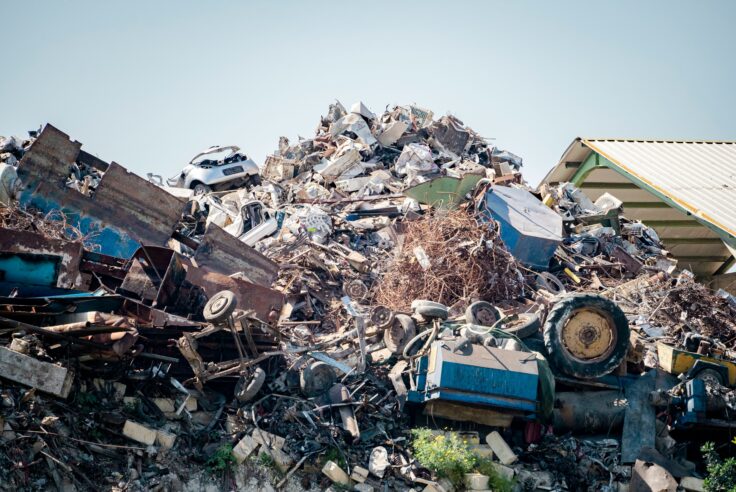
Blog Post
The Hidden Value of Scrap Metal: Why Local Recovery...
VALIS discusses circularity of metal processing, and...

Press Release
Closed Loop Partners’ Composting Consortium Launches...
The grant program for composters and communities comes...

Blog Post
How AI Can Reduce Food Waste at Restaurants
Closed Loop Ventures Group led the seed investment...
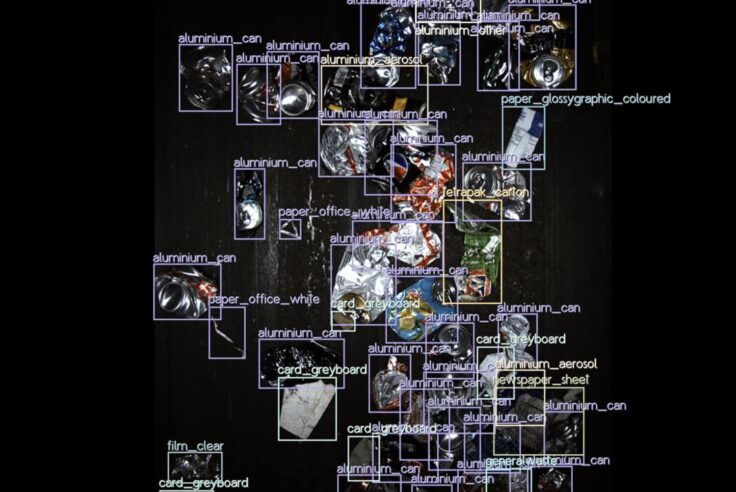
Press Release
New Data Reveals High Quantities of Food-Grade Polypropylene...
Closed Loop Partners’ Center for the Circular Economy...
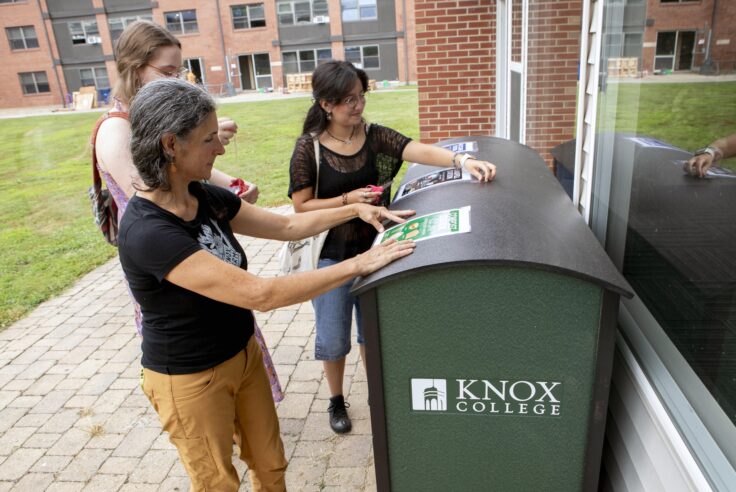
Blog Post
Keeping Compost Clean: Tools to Help Reduce Contamination...
The Composting Consortium interviews EcoProducts to...

Press Release
Closed Loop Partners and U.S. Plastics Pact Identify...
Packaging types primed for reuse lay the groundwork...
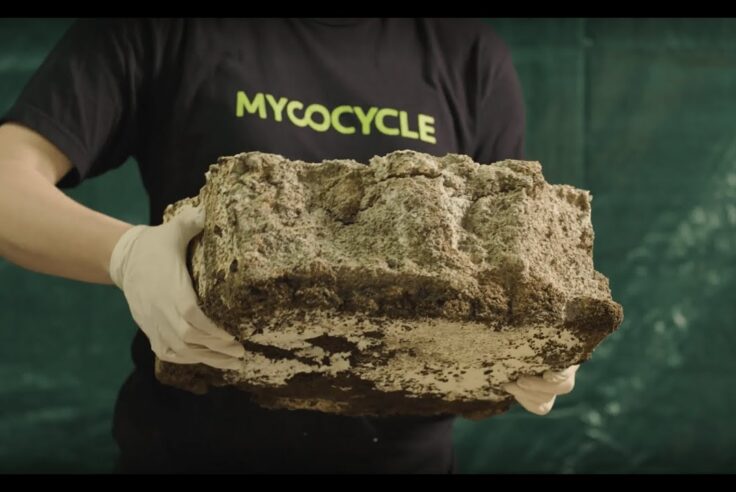
Blog Post
Why We Invested in Mycocycle: Nature-Inspired Circular...
Closed Loop Partners’ Ventures Group saw a key opportunity...
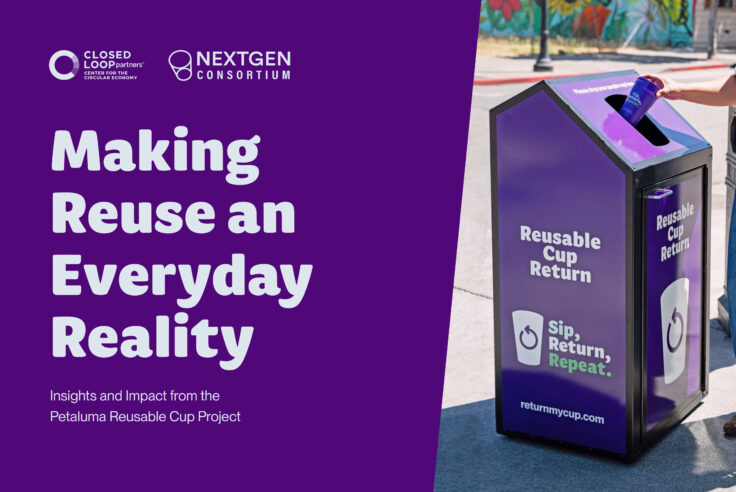
Press Release
Groundbreaking Results From Citywide Petaluma Reuse...
The Petaluma Reusable Cup Project from the NextGen...
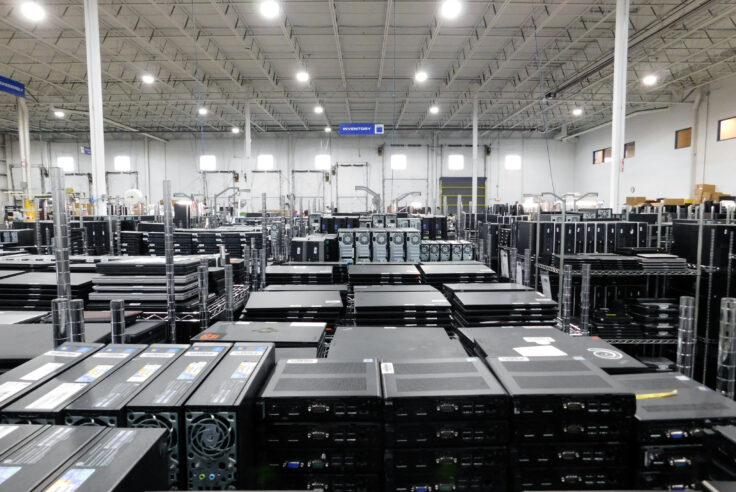
Press Release
Closed Loop Partners’ Portfolio Company, Sage Sustainable...
The bolt-on acquisition scales Sage’s end-to-end...

Press Release
Closed Loop Partners Unveils Groundbreaking Findings...
Closed Loop Partners’ Center for the Circular Economy...

Press Release
Capricorn Investment Group Backs Closed Loop Partners...
The partnership signals tailwinds behind the circular...
